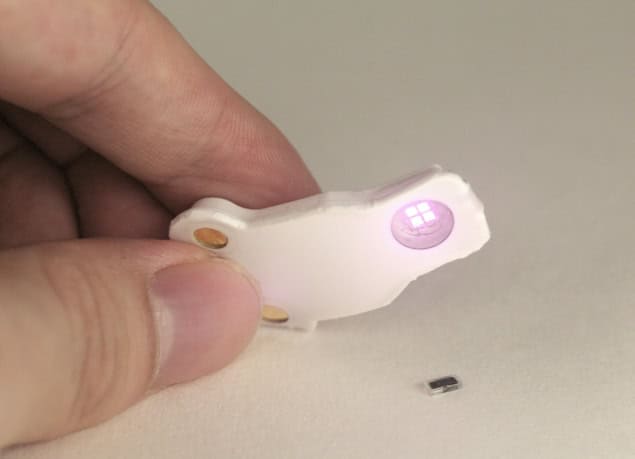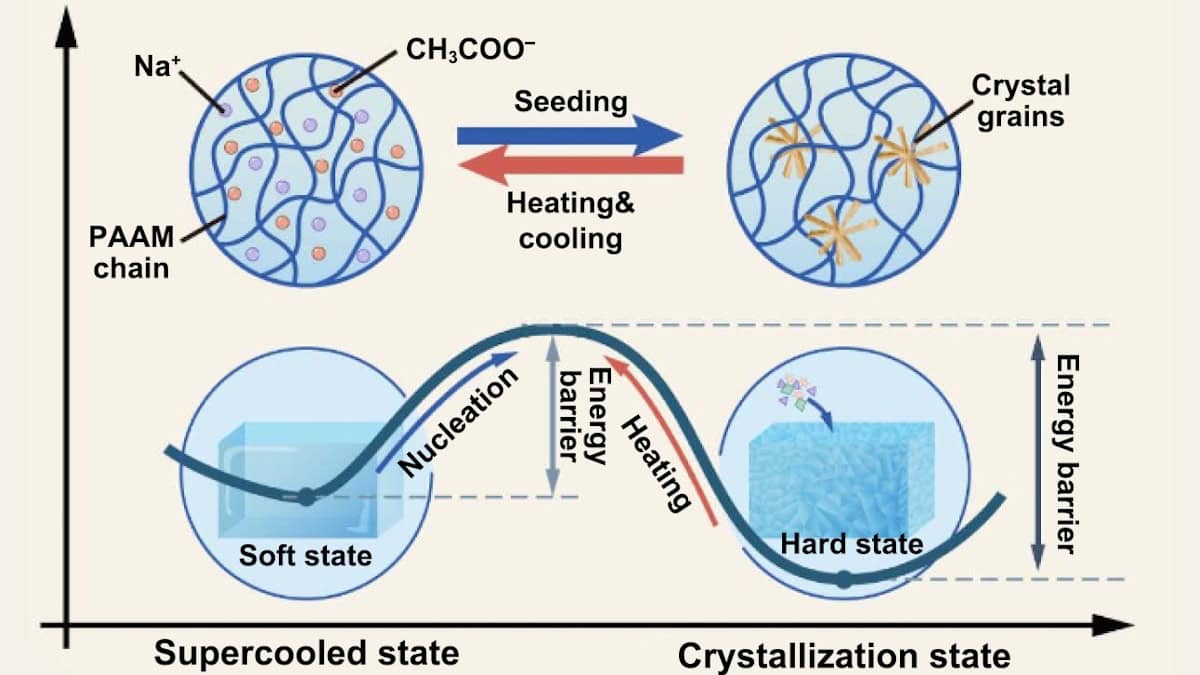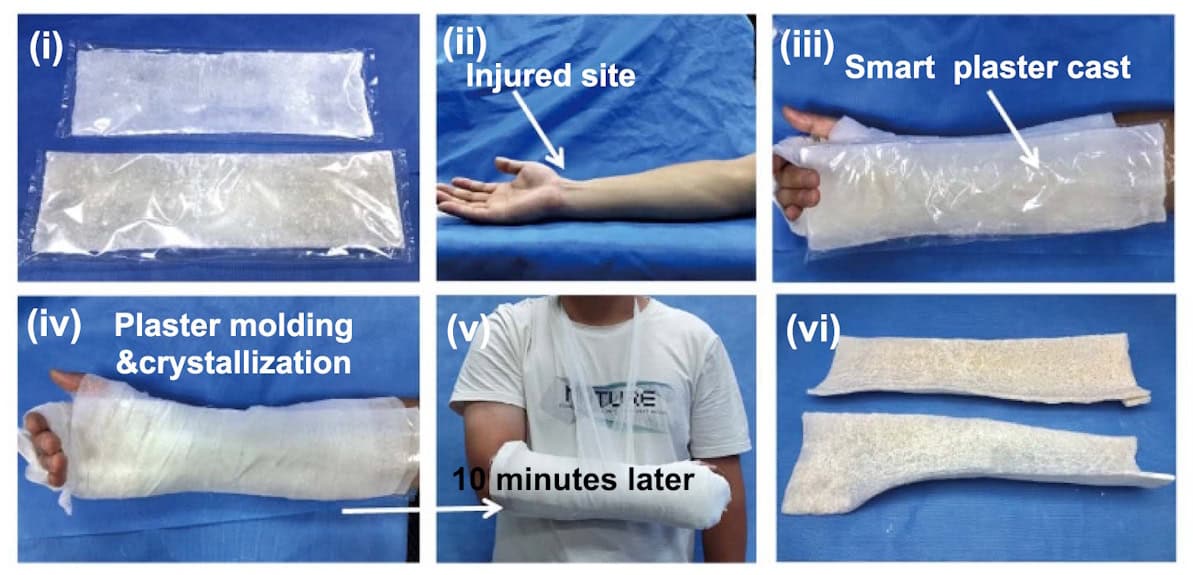Light-activated pacemaker is smaller than a grain of rice
The world’s smallest pacemaker to date is smaller than a single grain of rice, optically controlled and dissolves after it’s no longer needed. According to researchers involved in the work, the pacemaker could work in human hearts of all sizes that need temporary pacing, including those of newborn babies with congenital heart defects.
“Our major motivation was children,” says Igor Efimov, a professor of medicine and biomedical engineering, in a press release from Northwestern University. Efimov co-led the research with Northwestern bioelectronics pioneer John Rogers.
“About 1% of children are born with congenital heart defects – regardless of whether they live in a low-resource or high-resource country,” Efimov explains. “Now, we can place this tiny pacemaker on a child’s heart and stimulate it with a soft, gentle, wearable device. And no additional surgery is necessary to remove it.”
The current clinical standard-of-care involves sewing pacemaker electrodes directly onto a patient’s heart muscle during surgery. Wires from the electrodes protrude from the patient’s chest and connect to an external pacing box. Placing the pacemakers – and removing them later – does not come without risk. Complications include infection, dislodgment, torn or damaged tissues, bleeding and blood clots.
To minimize these risks, the researchers sought to develop a dissolvable pacemaker, which they introduced in Nature Biotechnology in 2021. By varying the composition and thickness of materials in the devices, Rogers’ lab can control how long the pacemaker functions before dissolving. The dissolvable device also eliminates the need for bulky batteries and wires.
“The heart requires a tiny amount of electrical stimulation,” says Rogers in the Northwestern release. “By minimizing the size, we dramatically simplify the implantation procedures, we reduce trauma and risk to the patient, and, with the dissolvable nature of the device, we eliminate any need for secondary surgical extraction procedures.”

The latest iteration of the device – reported in Nature – advances the technology further. The pacemaker is paired with a small, soft, flexible, wireless device that is mounted onto the patient’s chest. The skin-interfaced device continuously captures electrocardiogram (ECG) data. When it detects an irregular heartbeat, it automatically shines a pulse of infrared light to activate the pacemaker and control the pacing.
“The new device is self-powered and optically controlled – totally different than our previous devices in those two essential aspects of engineering design,” says Rogers. “We moved away from wireless power transfer to enable operation, and we replaced RF wireless control strategies – both to eliminate the need for an antenna (the size-limiting component of the system) and to avoid the need for external RF power supply.”
Measurements demonstrated that the pacemaker – which is 1.8 mm wide, 3.5 mm long and 1 mm thick – delivers as much stimulation as a full-sized pacemaker. Initial studies in animals and in the human hearts of organ donors suggest that the device could work in human infants and adults. The devices are also versatile, the researchers say, and could be used across different regions of the heart or the body. They could also be integrated with other implantable devices for applications in nerve and bone healing, treating wounds and blocking pain.
The next steps for the research (supported by the Querrey Simpson Institute for Bioelectronics, the Leducq Foundation and the National Institutes of Health) include further engineering improvements to the device. “From the translational standpoint, we have put together a very early-stage startup company to work individually and/or in partnerships with larger companies to begin the process of designing the device for regulatory approval,” Rogers says.
The post Light-activated pacemaker is smaller than a grain of rice appeared first on Physics World.



